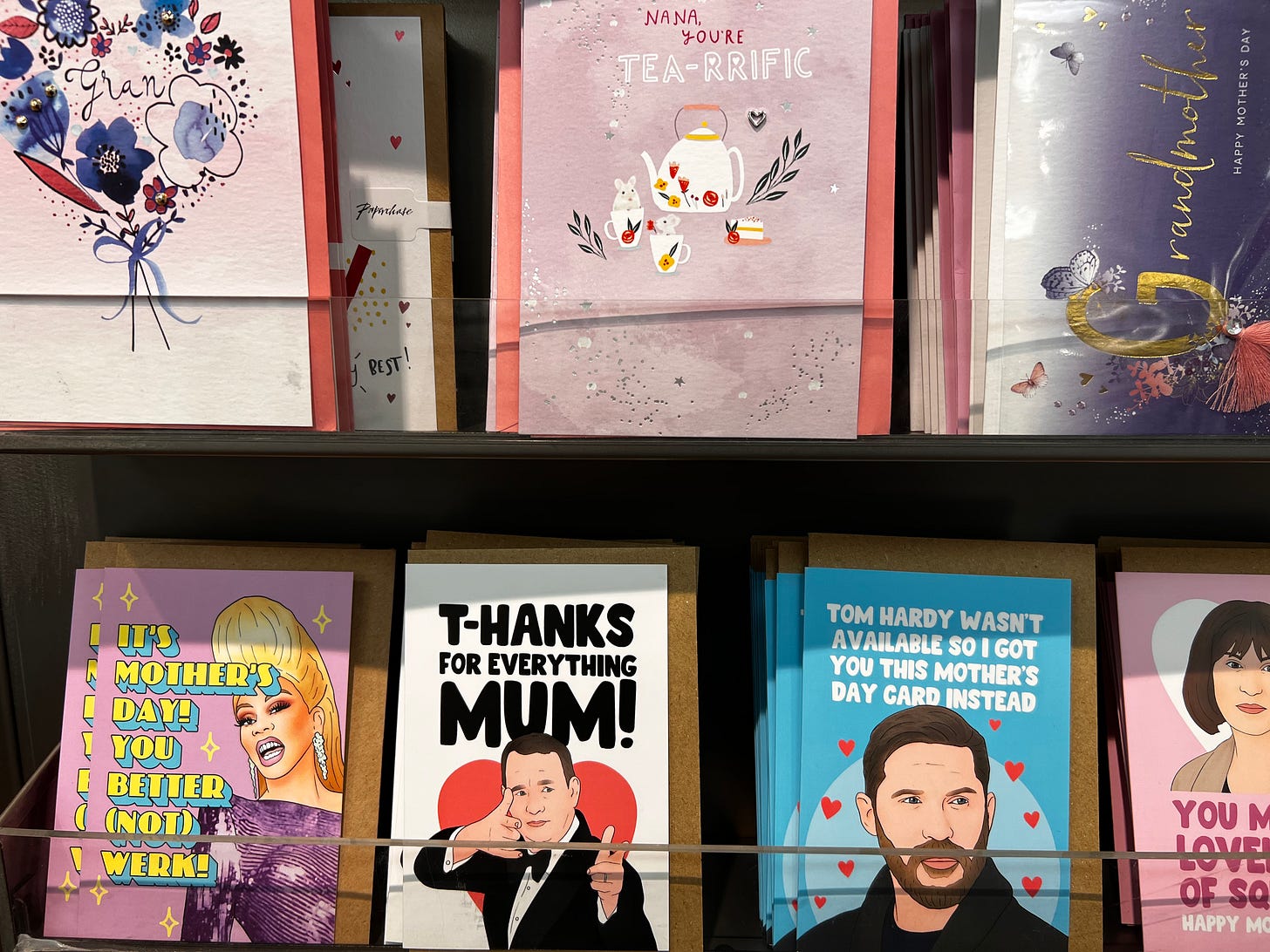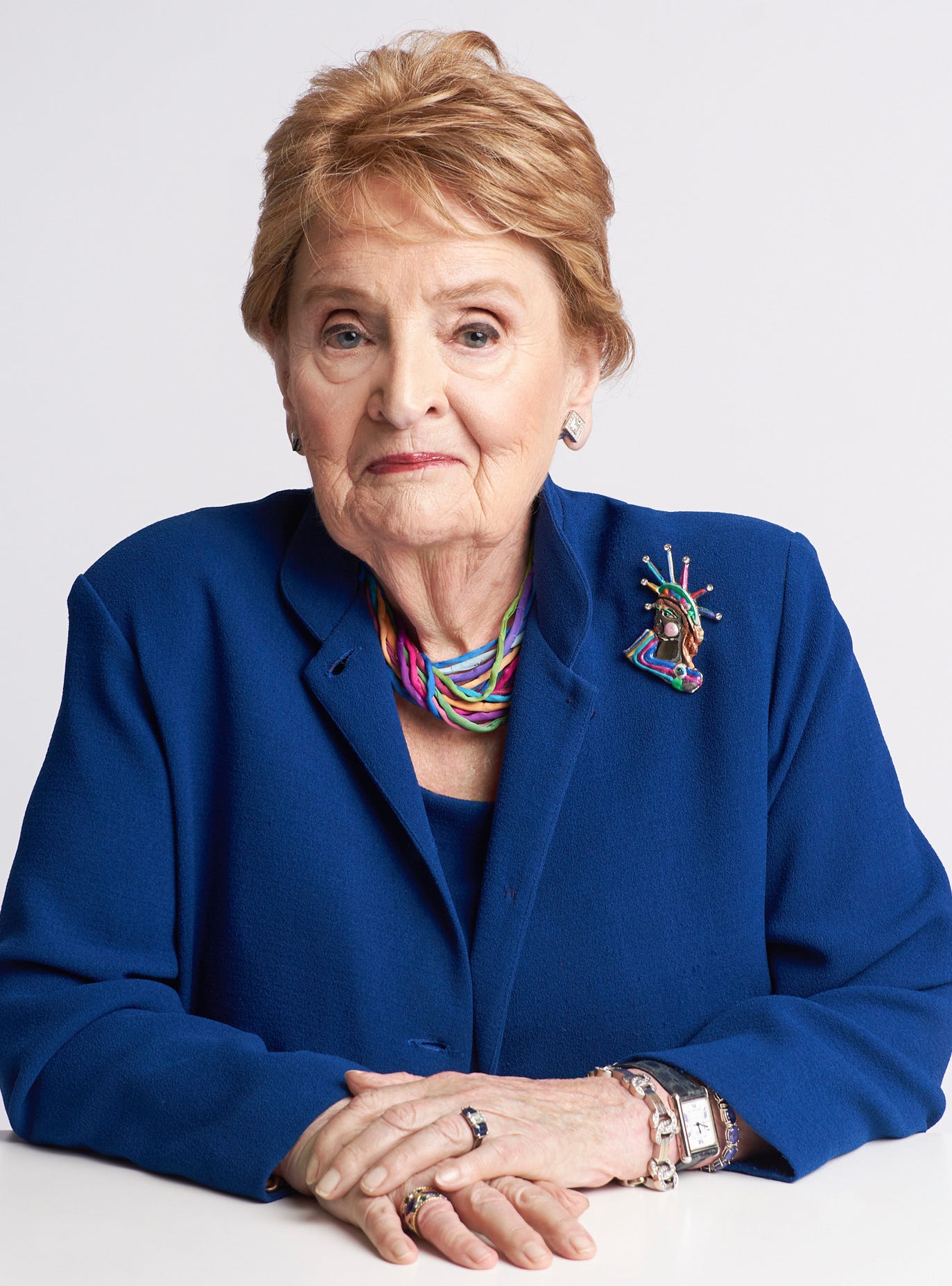This sounds like an April Fool’s kind of story, doesn’t it?
But stick with me, friends - this is not a joke!
When you think about innovative companies and ideas, who comes to mind?
Apple? Netflix? Google?
How about…The US Post Office?
It may sound like an unusual company to associate with innovation, but …
More than 100 years ago, The US Post Office came up with an innovation that changed America.
Really.
I’m not joking.
And some people got creative about how this innovation could be used, too…and put their kids in the mail.
Really. This is a true story.
And you bet it made me curious…
Our story begins on January 1, 1913, when the US Post Office Department introduced an innovative service to people across America:
Parcel Post.
Parcel Post allowed people to ship large parcels and packages through the mail, and opened up a world of opportunities for farmers, merchants, and consumers.
Though private delivery companies already existed, the parcel post service was much cheaper and more convenient.
It was an instant hit – three hundred million packages were sent in the first six months.
People from rural areas suddenly had access to all kinds of merchandise – and some people found creative ways to use the new parcel post service.
An Ohio couple named Jesse and Mathilda Beagle used Parcel Post to ‘mail’ their 8-month-old son James to his grandmother, who lived just a few miles away.
The postage for the trip cost his parents 15 cents (and the 'parcel' was insured for $50).
“It was cheaper than a train ticket,” said Nancy Pope, National Postal Museum historian.
The story of James’s delivery inspired others to follow suit.
Pope said the parents who 'mailed' their children were often friends, neighbors, or family members of the rural mail carriers. The children weren’t put in canvas bags like other packages, and would be escorted to the destination by the mail carrier.
The postmaster stated in 1913 that children could not be sent through the mail, but occasionally stories of children being ‘mailed’ would still appear in the papers.
One famous story from 1914 involved a five-year-old girl in Idaho named Charlotte May Pierstorff.
Charlotte wanted to visit her grandmother who lived 73 miles away – but her parents couldn't afford the $1.55 train fare.
But, Charlotte weighed just 48.5 pounds – and the weight limit for Parcel Post at that time was 50 pounds.
With 53 cents of postage pinned to her coat, Charlotte was 'mailed' to see her grandmother on February 19. The Pierstorffs had some help, as Charlotte's mother's cousin was the railway postal clerk, and he accompanied Charlotte on the trip.
A year later in March 1915, 6-year-old Edna Neff was mailed 720 miles from her mother’s home in Pensacola, Florida to her father’s in Christiansburg, Virginia. This was the longest distance a child was ever mailed via Parcel Post – and the postage cost just 15 cents.
In 1920, the First Assistant Postmaster-General received two applications for transporting children through the mail. He rejected them, saying children did not meet the classification of 'harmless live animals.'
Although the idea of sending babies and children through the mail may have you questioning the judgement and parenting decisions of the time, United States Postal Service historian Jenny Lynch believes it was more of an example of how much rural communities relied on and trusted local postal workers.
The story of Charlotte May Pierstorff inspired author Michael Tunnell to write a children’s book called ‘Mailing May’ in 2000.
While researching the book, Tunnell said he discovered details about the postal history and railways, but the most important detail was ‘the wonderful, creative ways in which ordinary people solve difficult problems.’
Although the US Postal Service isn't known for mailing children today, their website reports they process and deliver 472.1 million mail pieces every day.
So, just remember, creativity solves problems — and inspiration is all around us.
But please don’t try to mail children.
Recent Work and Writing
Three Oscar Moments to Talk About that Aren’t The Slap — One story from the Oscars is dominating the headlines, but here are three other moments worth celebrating.
What Do Women Really Want? — On the eve of the UK’s Mothering Sunday, I had some thoughts about what mothers, grandmothers, and women in general want — and deserve. (Better cards for Grandma, to start)
Read My Pins — Even people with serious jobs can still have a bit of fun in their communication. Here is how former US Secretary of State Madeleine Albright found a creative way to communicate…
Melanie Lynskey is My New Hero — Actress Melanie Lynskey knows what it takes to be a successful working mom. And she told the world…
Want to Help Women on International Women’s Day? — Here’s an idea that doesn’t involve performative pink posts and men wearing high heels.
How Can I Help?
Communication matters.
How much?
Well, a new survey from Duarte says that communication is the #1 power skill employees need to have right now.
And good news, friends… If you want to improve your communication (and get all the good things that come with that), I’m your gal.
So many companies could reap so benefits – from performance and culture to retention and engagement – by improving their communication.
I help clients with communication strategy, planning, and thinking.
And I do the ‘doing’, too.
I also teach people the skills to help them become better communicators and leaders through 1:1 coaching and team workshops (that are effective - and fun!).
So, if you know someone who could benefit from some help (as even the most seasoned leaders do), please get in touch and check out my website for more information.
And if you see any communication examples (the good, the bad, and the ugly) that you think are worth analyzing or sharing, please send them my way!
Keep Smiling — and Stay Curious!
-Beth


















Share this post